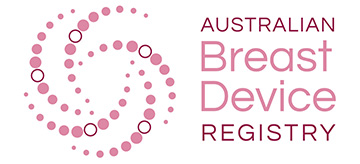New Cosmetic Procedure Guidelines aim to Safeguard Patient Wellbeing
October 18, 2016
Guidelines for Medical Practitioners performing cosmetic procedures
New guidelines for medical practitioners performing cosmetic medical and surgical procedures came into effect this month.
The guidelines, which cover minor and major cosmetic procedures, apply to all medical practitioners, including specialist plastic and cosmetic surgeons.
Changes include enabling GPs to provide a psychological evaluation of patients prior to procedures, alters the cooling off period and provides clearer definitions of procedures affected by these changes.
Breast augmentation is considered a major cosmetic procedure under the guidelines, while reconstructive surgery is exempt.
In an online statement from the Medical Board of Australia, the new guidelines are summarised as follows:
- a seven-day cooling off period for all adults before major procedures
- a three-month cooling off period before major procedures for all under 18s and a mandatory
evaluation by a registered psychologist, general practitioner or psychiatrist - a seven day cooling off period before minor procedures for all under 18s, and when clinically indicated, evaluation by a registered psychologist, general practitioner or psychiatrist
- the treating medical practitioner to take explicit responsibility for post-operative patient care and for making sure there are emergency facilities when they are using sedation, anaesthesia or analgesia
- a mandatory consultation before a medical practitioner prescribes schedule 4 (prescription only) cosmetic injectables, either in person or by video consultation, and medical practitioners to provide patients with detailed written information about costs.
The guidelines also direct medical practitioners performing a procedure to provide patients with sufficient information to make an informed decision. This includes the risks and possible complications associated with the procedure, recovery times, total costs, the complaints process and the medical practitioner’s qualifications and experience.
The Medical Board of Australia finalised the new guidelines after extensive consultation with medical professionals, consumers and industry on draft guidelines released in March 2015.
“The guidelines will help keep patients safe, without imposing an unreasonable regulatory burden on practitioners,” said Board Chair, Dr Joanna Flynn AM on the media statement.
The new guidelines complement the aims of the Australian Breast Device Registry (ABDR) – to promote patient safety and best practice for Australians undergoing breast device surgery.
To view the guidelines and FAQs on the new guidelines click here.

